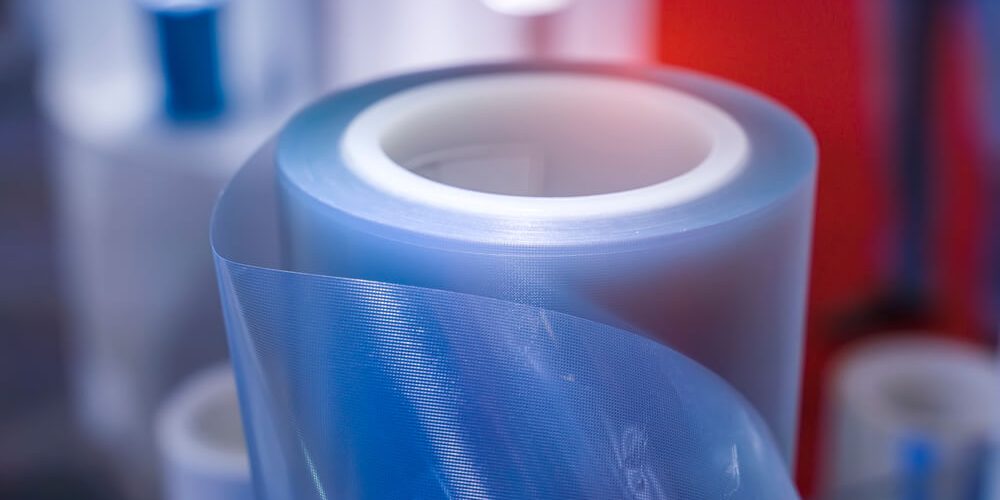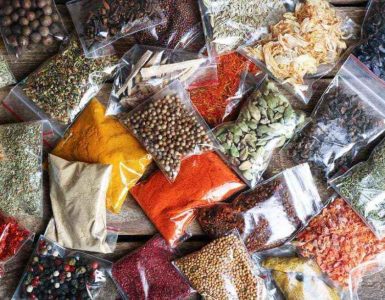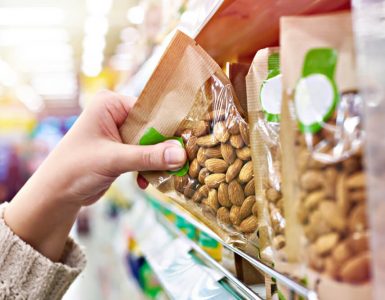Polyethylene (PE) and polypropylene (PP), two plastics very present in our daily lives, are two petroleum products that seem to have many similarities, but the truth is that each of them has particularities that make them unique.
Do you know what the differences are between polyethylene and polypropylene, what their main advantages are or when the use of one or the other plastic is recommended? In this article we will tell you what are the characteristics that make both plastics so useful in our daily life and what are the main differences between them.
Polyethylene and polypropylene, what exactly are these plastics?
You may not be able to recognise them by their names, but we can assure you that both polyethylene and polypropylene are two plastics that are very present in almost every day-to-day action. You only have to look around your home to discover a wide variety of products that have some of these plastics in their composition.
Both polypropylene and polyethylene are polymers, i.e. they are made up of repeats of a single molecule. However, on a chemical level, the main difference between the two is that polyethylene is a polymer of ethylene while polypropylene is a polymer of propylene. This slight nuance between one plastic and the other means that each has different properties and is therefore capable of different uses and applications.
Differences between polyethylene and polypropylene
In addition to their chemical composition, polyethylene and polypropylene have particularities that make them differ in the elements that are manufactured with them and the possible uses of each plastic.
Characteristics of polyethylene
Polyethylene can be classified as the most widely used plastic in the world, as it is used in most of the plastic elements that surround us in our lives: from the classic plastic bag in the supermarket to packaging or cleaning products. Its high resistance to low temperatures, impacts and wear makes it, together with its adaptability and flexibility, the perfect component for many products that form the basis of the daily routine in many countries. It is also considerably cheaper than polypropylene.
As for the different types available, it is true that polyethylene is a derivative of ethylene polymer, but depending on its chemical structure it can give rise to various types such as linear polyethylene or branched polyethylene. In this way, polyethylenes of different qualities, molecular weight and densities can be obtained: very low, low, high or very high. Thus, polyethylene offers the opportunity to obtain different products with a wide variety of properties and uses.
Packaging products manufactured with this material
Nowadays, polyethylene can be found in different elements and materials that surround us in our daily routine:
- Plastic bags: from the typical tinted shopping bag to rubbish bags, polyethylene is one of the main components of this utensil so present in our lives as it adapts well to different formats and offers resistance and flexibility at the same time.
- Film paper: normally used to protect items or food, film paper needs to have elasticity and flexibility in its performance, and polyethylene is once again the perfect component for this. Thus, despite its great elasticity, it is also capable of offering security and resistance.
- Packaging plastic: bubble wrap, protective pads or foam sheets, for example, are some of the products used in packaging that are made of polyethylene.
- Boxes with grids: very useful in the agricultural sector, these plastic boxes with grids need to be very resistant in order to be able to support heavy weights and offer resistance to them.
- Protective helmets: this is undoubtedly one of the key elements in any job that involves taking risks. Polyethylene safety helmets are able to offer great resistance in order to offer safety to workers.
Characteristics of Polypropylene
Polypropylene is another plastic that is very present in our daily lives. However, unlike polyethylene, polypropylene is much lighter and offers great resistance to high temperatures or chemical products such as acids or solvents. However, despite its strength, it cannot offer as much flexibility and form-fitting as polyethylene.
The main differences with polyethylene are that polypropylene is lighter and more resistant to high temperatures, abrasive agents and chemical solvents. It is also more resistant to breakage, however, it is less flexible than polyethylene. Another major advantage is that it is easy to colour and mould.
For all these reasons, polypropylene has been positioning itself as the perfect plastic for creating different elements related to construction: adhesive tapes, car parts, packaging products, packaging, etc.
In addition, it should be taken into account that polypropylene can also be modified so that it can be adapted to different uses depending on its properties.
Packaging products made from this material
Although polypropylene is present in fewer everyday products than polyethylene, its use in sectors such as construction is much greater, being found in elements such as:
- Adhesive tapes: thanks to the firmness and good handling that polypropylene presents, many adhesive tapes and seals are made from this plastic. They are available in different colours and even with written text.
- Strapping: this type of adhesive tape is normally used to seal boxes or other items for greater security during transport. Thanks to the polypropylene, additional strength and extra security is achieved.
- Storage boxes: when you are looking for a plastic box where you can store any type of product, polypropylene boxes are, without a doubt, one of the best options due to their high resistance to high temperatures and chemical agents. In addition, thanks to their resistance, they can also be easily stackable.
- Plastic bags: although polyethylene is more commonly used to make plastic bags, there are transparent and glossy models that are made of polypropylene.
What are the main differences between the two?
Both polypropylene and polyethylene are two plastics with quite similar characteristics and functions so it can sometimes be difficult to even distinguish between them. However, each of them is different because of specific characteristics and different features to offer.
The colour of polypropylene leans towards a very natural white tone which makes it easier to colour, it is less flexible than polyethylene and, therefore, more difficult to deteriorate or break. In addition, it is highly resistant to high temperatures and abrasive components, remaining in perfect condition even up to 100ºC.
Polyethylene, on the other hand, offers high resistance to low temperatures, flexibility and durability. In addition, due to its cheaper price, it is usually the most widely used material in everyday materials such as bags or plastic packaging. At IBP Uniuso we have a wide catalogue of elements manufactured with both materials so that, depending on the features you are looking for at all times, you can always enjoy the highest quality, strength and durability.













